29 January 2024
![]() 6 mins Read
6 mins Read
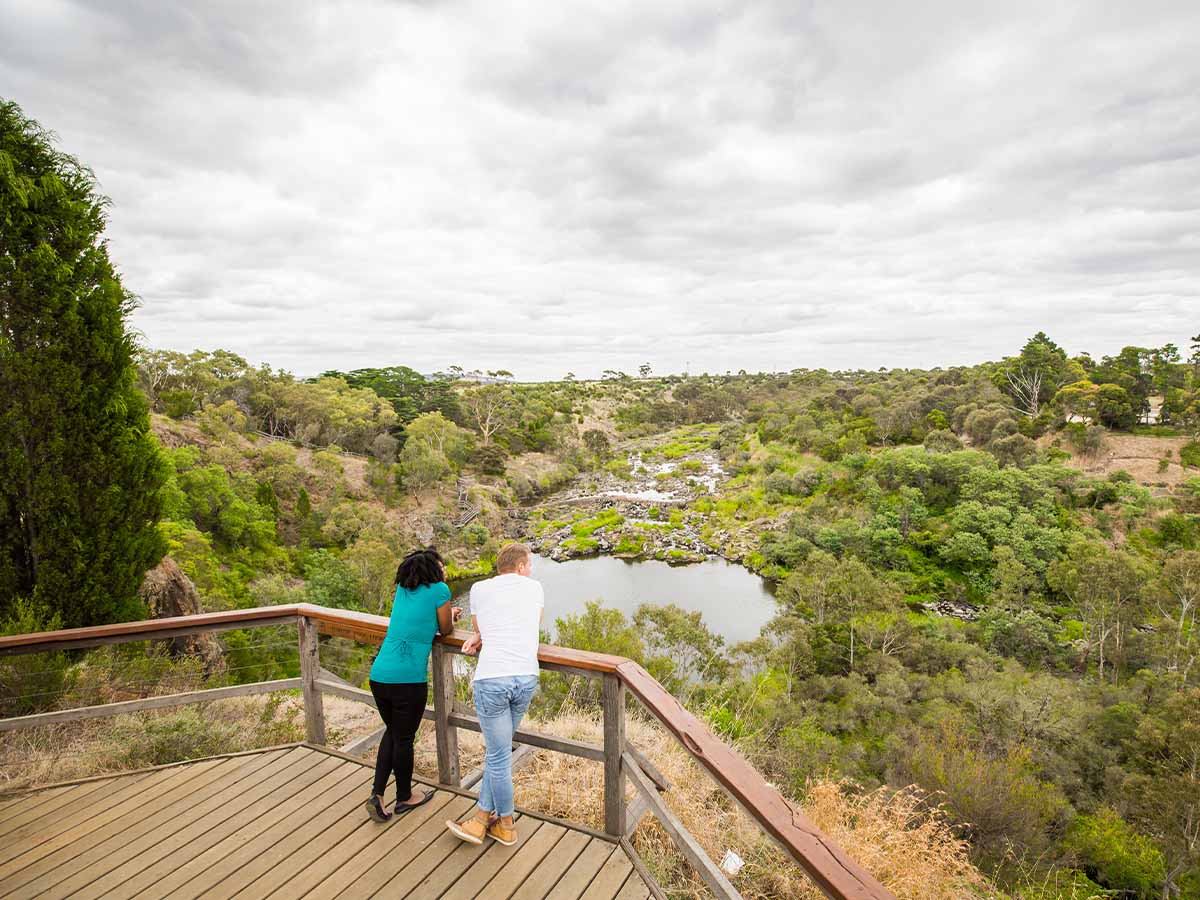
Abundant with native flora and fauna and located some 50 kilometres north-west of Geelong, Brisbane Ranges National Park is popular with hikers and birdwatchers alike. Hit one of its many walking trails and you’re sure to encounter a bird or two and likely even a koala; up to 180 species of birds frequent the park, which is also home to the greatest density of koalas in Victoria.
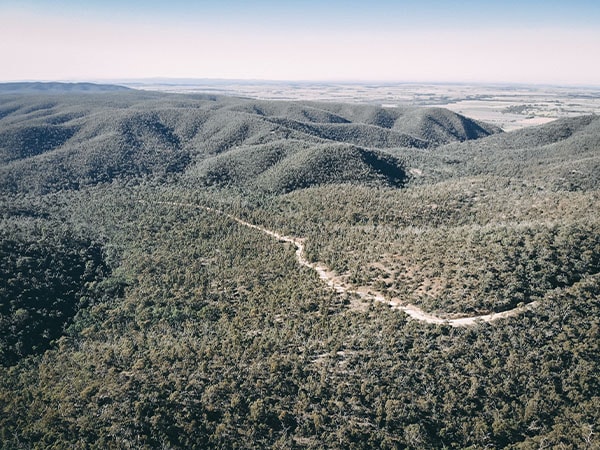
Hit one of its many walking trails and you’re sure to encounter a bird or two. (Image: Megan Winden)
Come spring, this hinterland pocket is awash with wildflowers (you’ll find more here than anywhere else in the state). Explore the sharp rocky cliffs and gullies, populated with rare wattles, grevilleas, gum trees and bush peas, and soak up the serenity.
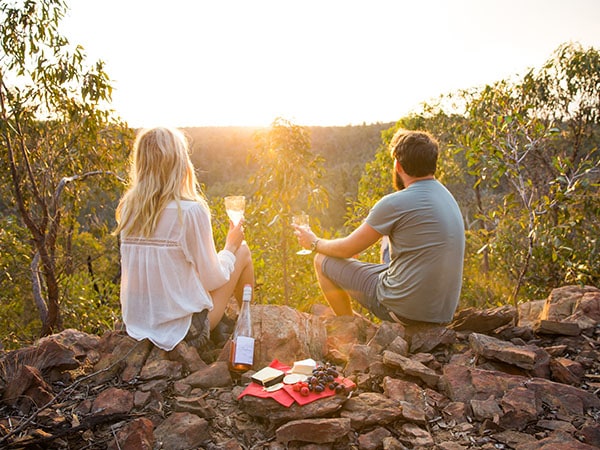
Bring your loved ones to witness the abundant native flora and fauna in Geelong. (Image: Visit Geelong & The Bellarine)
Situated at the mouth of Port Phillip Bay, not far from the urban sprawl of Melbourne, Geelong and the two peninsulas that flank it, you’d be forgiven for assuming these waters wouldn’t promise much of interest. In fact, that couldn’t be further from the truth.

Snorkel or scuba dive and you’ll uncover waters teeming with life. (Image: Visit Geelong & The Bellarine)
Above water, explore the Ramsar Convention-listed wetland of Swan Bay, a habitat that supports nearly 200 bird species. Each summer, some 10,000 migratory waders, such as plovers and curlews, call these intertidal mudflats home. There are also sizable rock pools to investigate at Point Lonsdale during low tide, plus reef breaks to surf and crystalline waters to swim in.
The surprises keep coming underwater. Not only are there more than 30 shipwrecks to dive, but the variety of marine life that inhabits the Port Phillip Heads Marine National Park is so vast it’s said to rival that of the Great Barrier Reef. Go scuba diving and you’ll uncover kaleidoscopic sponge gardens and soft corals, thick forests of kelp and huge seagrass beds, all teeming with life. Take a dive at the reefs of Pope’s Eye or Lonsdale Wall and you might spy nudibranchs, Gulf wobbegongs, or shoals of western blue devils, leather jackets, dusky morwongs, giant Australian cuttlefish and southern hulafish, to name but a few.
Originating in the Otway Ranges, and meandering east through Forrest and Birregurra before joining the Moorabool River in Geelong and entering the sea at Barwon Heads, this 160-kilometre-long river is located on Wadawurrung country. It was once a rich source of food for the Aboriginal community, who would catch eels and fish for trout and perch off its banks.
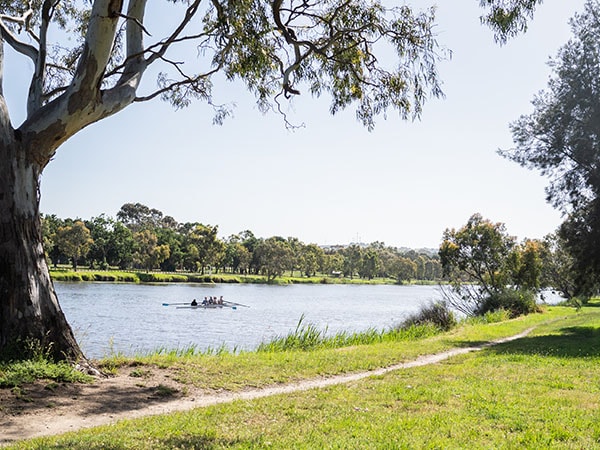
Trace this waterway from start to finish and you’d find a plethora of native vegetation lining its banks, making it a dendrophile’s delight. (Image: Visit Geelong Bellarine)
Trace this waterway from start to finish and you’d find a plethora of native vegetation lining its banks, making it a dendrophile’s delight: there are river red gums, Australian blackwoods, silver wattles, woolly tea trees, drooping sheoaks, and even the nation’s floral emblem, the golden wattle. Wildlife also finds refuge in the river and on its banks, from the elusive nankeen night heron and platypus to swamp wallabies and native water rats.
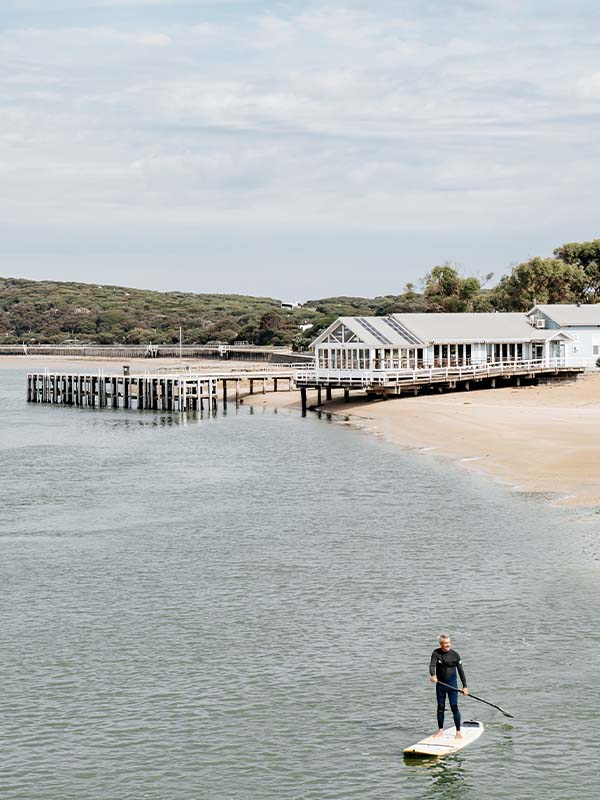
Go paddle boarding on Barwon River. (Image: Visit Geelong & The Bellarine)
Geelong is home to a number of peaceful parks and reserves that capitalise on the river’s beauty and natural features, such as Buckley Falls, Fyansford Common and Zillah Crawcour Park. The riverside Balyang Sanctuary is arguably the pick of the bunch; once a swamp, this park now encompasses nine hectares of lake and native bushland, often visited by pelicans, pied cormorants and Eurasian coots.
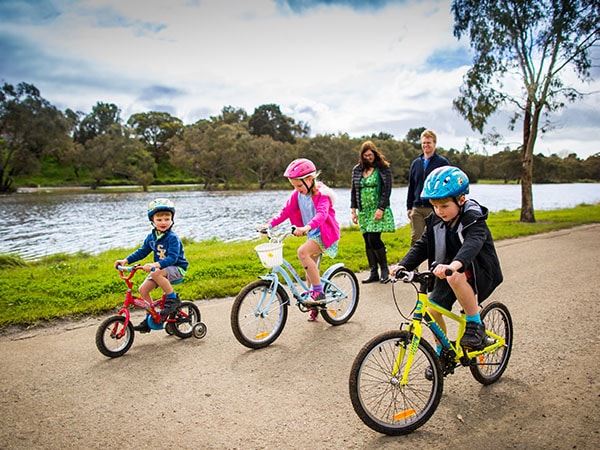
Geelong is home to a number of peaceful parks and reserves that capitalise on the river’s beauty and natural features. (Image: Visit Victoria)
The city’s green lung, Geelong Botanic Gardens has been going strong since 1851. Not only is it home to your more typical botanic garden fare – from rose gardens to plentiful lawns fit for picnicking, and a conservatory that houses a collection of tropical plants – it’s also home to more than a dozen ‘heritage’ trees.

Geelong Botanic Gardens is known as the city’s green lung. (Image: Visit Geelong & The Bellarine)
These specimens are so important they’re listed on the National Trusts of Australia’s Register of Significant Trees, and they include a positively huge Chilean wine palm and a maidenhair tree native to China.
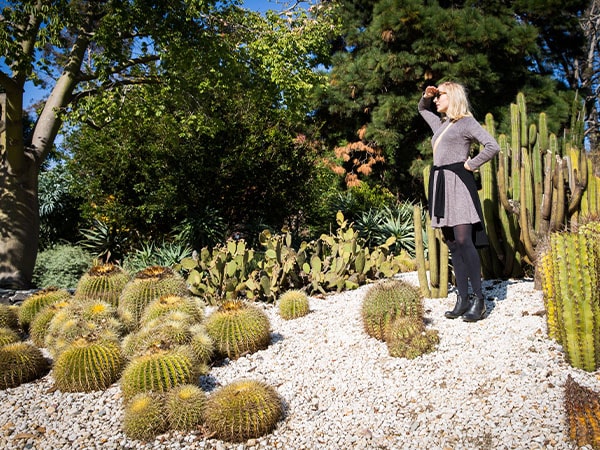
See the home to more than a dozen ‘heritage’ trees. (Image: Visit Geelong & The Bellarine)
The granite peaks of this mountain range rise just 320 metres high, but they cut a striking silhouette against the pancake-flat Werribee Plain.

Whip out your binoculars, as there’s a wealth of birdlife to spy. (Image: Visit Victoria)
Whip out your binoculars, as there’s a wealth of birdlife to spy among the You Yangs Regional Park’s scrub and gum tree-flecked slopes. From the park’s summit you can also gorge on sweeping views of the surrounding countryside.
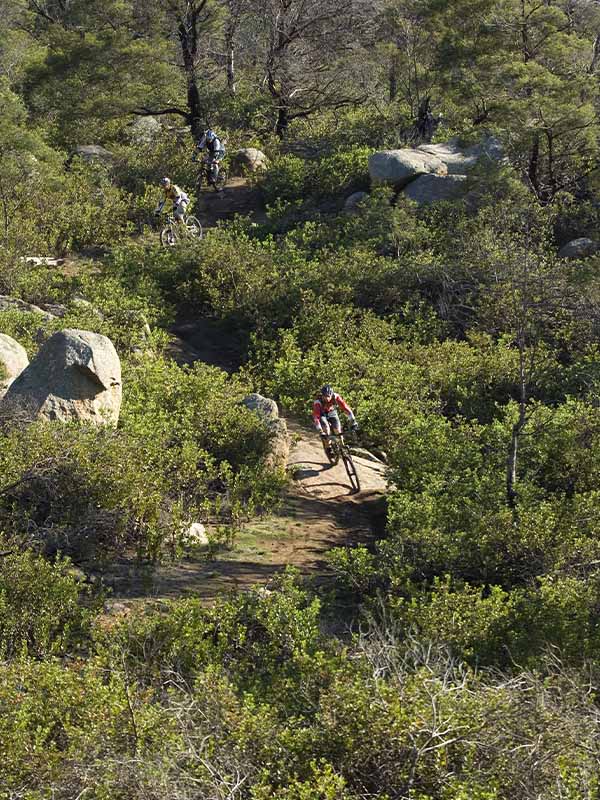
The You Yangs is fantastic mountain biking terrain. (Image: Visit Victoria)
A haven for all manner of creatures big and small, Serendip Sanctuary is ground zero for animal lovers. Run by Parks Victoria, the sanctuary is located among the open grassy woodlands, marshlands and wetlands of the volcanic Western Plains, and is home to more than 150 animal species, from kangaroos, wallabies and emus to bearded dragons and spotted-tail quolls. Don’t leave without retreating to one of the bird hides to spy on the plethora of birdlife: among the 150 different species that visit this wildlife park, you might see black kites, Cape Barren geese, bush stone-curlews or the endangered masked owl.
LEAVE YOUR COMMENT